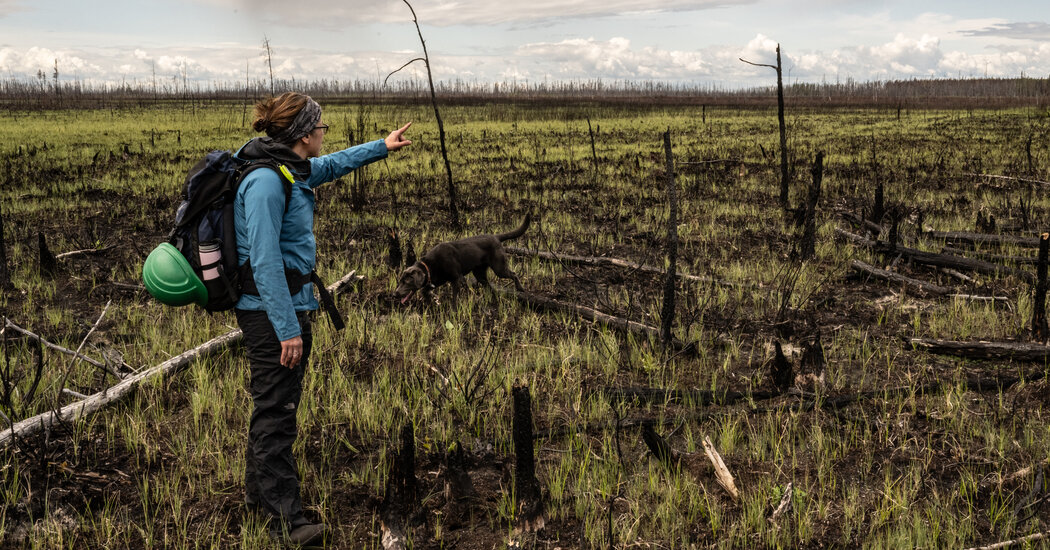- cross-posted to:
- [email protected]
- [email protected]
- [email protected]
- cross-posted to:
- [email protected]
- [email protected]
- [email protected]
I’m really trying hard to be more positive in my outlook these days. Stories like this are not helping.
Forests in general shouldn’t be seen as a way to “sequester” carbon, trees are just temporary storage for it. They’re nice to have, of course, and serve many benefits. But not that one.
By that logic literally anything other than blasting it into space is temporary. Mountains weather, oceans turn over, even the planet as a whole has a cycle that involves melting the subducted sea floor and releasing gasses.
Sure it’s temporary, but if we have enough temporary storage to offset the (drastically reduced, I should hope) emissions, and continue to replace what is used/burned/etc, does it really matter if it doesn’t last forever?
No, by this logic one just needs to take into account how long is required before you consider something “sequestration.” Ocean sediment, for example, stays down there for hundreds of millions of years before subduction and vulcanism might bring the carbon back up. So it’s not permanent but it’s certainly permanent enough.
Trees last for a couple of decades. And once a forest is established they turn over continuously, so the forest as a whole emits as much carbon as it takes in. As we see here with the boreal forests in the article, the carbon comes back out into the atmosphere quite easily. I personally wouldn’t consider it a very good “sequestration” method.
If you really want to use trees for carbon sequestration, a good approach might be setting up big tree farms and then sinking the harvested wood into anoxic lakes. That’d take the carbon out of circulation for a long enough time that future generations can figure out what to do with it afterward.
Tbf FaceDeer is kind of right in that there are other forms of vegetation that work better, but they are terrain/location specific, ie: prairie grasses, the kind the buffalo lived off of, have root systems that can be 8-10 ft deep and do in fact live forever.
Where FaceDeer is incorrect is that trees themselves are not carbon sinks. Their root systems are what hold the carbon.
Roots rot too. Otherwise the ground underneath forests would have hundreds of meters of accumulated root mass built up over the millennia.
Yes they do. But they stay underground, and if the soil remains undisturbed the carbon stays trapped underground.
Decay turns carbon into carbon dioxide, a gas. Unless it’s injected into deep geological structures it doesn’t stay underground.
Depending on tree species, most of the carbon can be above-ground. This is really common in the tropics
You’re right. I was only considering the boreal forest and left out southern stock. My bad.
New York Times - News Source Context (Click to view Full Report)
Information for New York Times:
MBFC: Left-Center - Credibility: High - Factual Reporting: High - United States of America
Wikipedia about this sourceSearch topics on Ground.News





